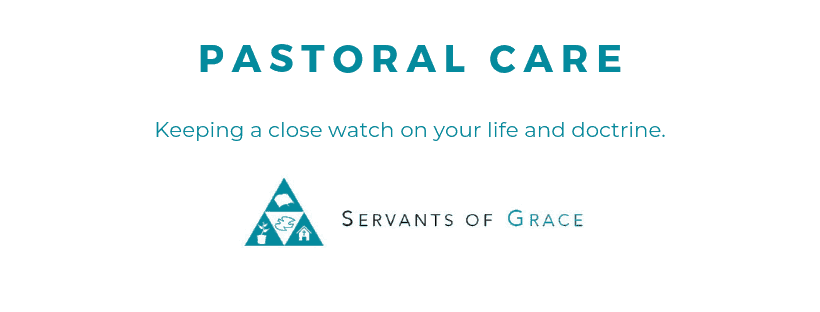⏱️ Estimated Reading Time: 3 min read
It’s no secret that we spend more and more time online. You’re reading this article online. You likely have at least one—and probably several—social media accounts. And many of our churches likewise have an online presence, even if it’s just a dorky early 2000s website in desperate need of upgrading. A significant amount of my communication happens online. I teach online, interact with clients almost exclusively online, send a lot of emails back and forth with publishers, and engage with friends across the world online. Now, I’m not a pastor, but I do have some ideas about how we can aim to be more loving, more pastoral, in our digital worlds. (I bet you wish you had a dollar for every time someone *not a pastor* offered you advice.)
Several years Matt Perman published his book, What’s Best Next: How the Gospel Transforms the Way You Get Things Done. It was required reading for the elder training I was undergoing at my church, Emmaus, in Kanas City. I’m a sucker for all the productivity hacks, tricks, and tips, so I eagerly read through it (it’s a great book!). The main thing I took away from it, though, didn’t really have much to do with productivity in the sense of doing more better faster. But it completely changed how I thought about email.
Perman offers helpful advice for the day-to-day task of email, such as taking it in batches rather than keeping your email open all the time. More importantly, he reframed, for me at least, the value of email for communicating with people who bear God’s image. In short, the people behind all those emails—and all the tweets, Facebook posts, Instagram pictures, and the like—are actual human beings made in God’s image. Rather than being a burden to get through, emails are communications from flesh-and-blood people.
This reframing of what digital communication is—from merely a task to the opportunity to love actual people—had a significant impact on how I approached digital communication and how I related to people through email. It only takes a few extra keystrokes to go from “Got it” to “Thanks for your message, brother. I received it; I hope all is well!” Or even to add a word of encouragement: “Thanks for this. By the way, it was good to see you yesterday!” Or “Thanks for your message; it reminded me to pray for you this morning.” These few extra sentences may not seem like much, but they helped me to realize, again, that I’m communicating with people. And (I hope) they helped those receiving my messages to feel loved, encouraged, and validated.
There is, of course, a lot more to say on this topic, and I find the book of Proverbs particularly relevant with all its advice about our speech. And I don’t know if this small change in point of view will be as significant for you as it was for me. But, if you are struggling with digital communication, I encourage you to see it not as drudgery but rather as an opportunity to extend just a little bit of God’s grace and love to those you’re emailing or tweeting with.




